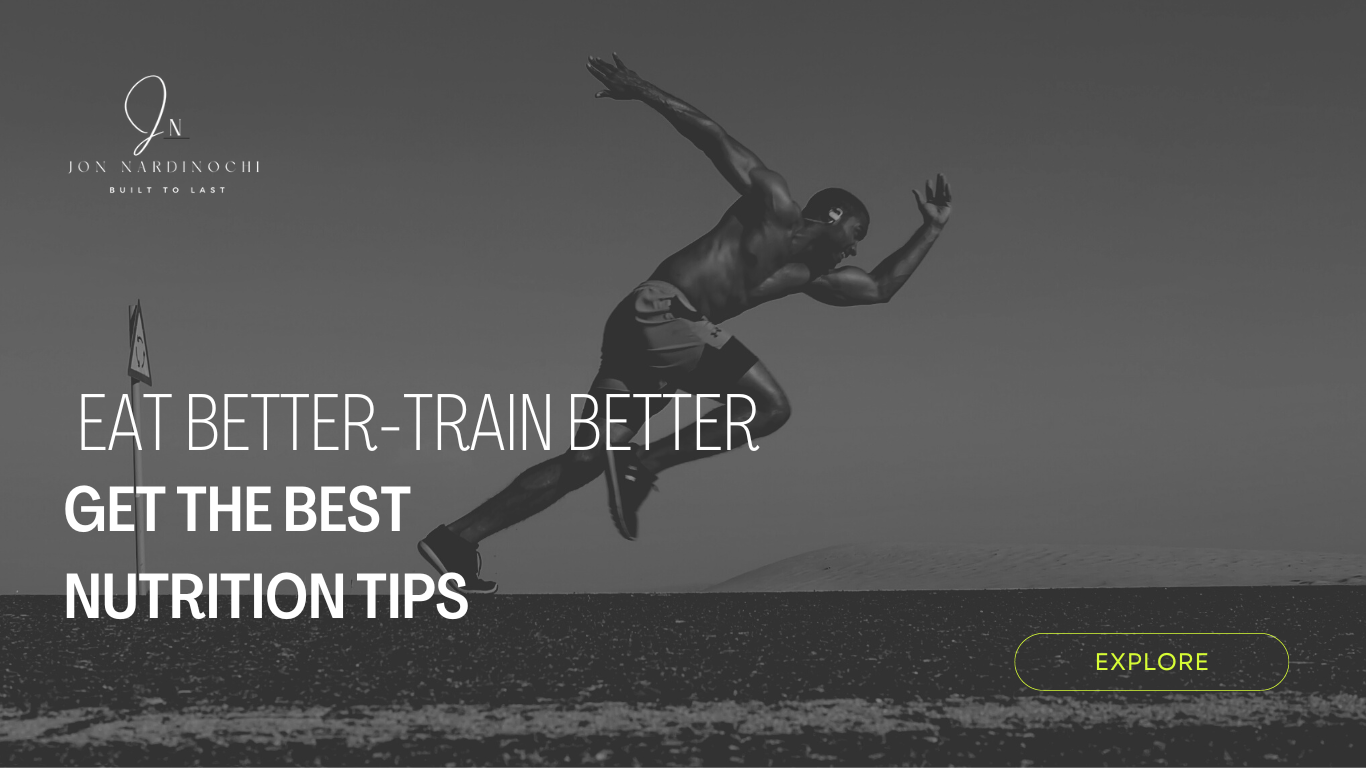smart superfood choices and reap the rewards.
We spoke about being uncomfortable in the service of our goals in past articles and podcasts.
Today, we’ll look at how to make things a little easier. (Don’t worry; this doesn’t count as cheating!)
When we first introduced the idea of eating to 80% full, we talked about the importance of dietary displacement.
Let’s review that now.
The idea behind displacement is simple:
More good stuff means less room for not-so-good stuff.
If you fill your house with beautiful, valuable things, you probably won’t want to keep that moth-eaten La-Z-Boy.
If you spend a lot of money on a fancy car, you probably won’t fill it up with old coffee cups and muddy boots.
If you worked hard to get into Oxford or Cambridge, you probably won’t spend your time partying and skipping class.
The same holds true for food.
Imagine that you’ve just finished a relaxed dinner with people you truly love.
The food was incredible — fresh, healthy, organic, delicious, and prepared with care and skill. Maybe you finished with a square of expensive dark chocolate, a fantastic espresso, or a small glass of pricey vintage or craft beer.
You ate slowly and mindfully, truly enjoying every bite.
Would you want a Snickers afterwards?
Our guess is no.
Now imagine that you’ve just finished a hurried meal of a bag of crisps you bought at a petrol station. You ate it in your car while rushing to another appointment, and washed it down with a vaguely chemical-tasting diet soda.
How do you feel now? Our guess: Hardly satisfied at all.
In fact, a recent study found that drinking just two sugary drinks a day can dull the taste buds and make us crave high-calorie food.
This creates a vicious cycle: You look for more food to soothe the cravings inspired by the sweet drinks, but don’t really enjoy that food when you eat it.
Processed food that seems “tasty” actually kills your ability to taste properly. You can eat and eat but never fill the void.
Conversely, the more you consume high-quality, high-nutrient food, the more sensitive your palate becomes.
You enjoy food more, not less. And you’re satisfied with smaller portions.
Thus:
If you choose foods that are delicious, full of nutrients, and the best quality you can afford, you run out of room for junk.
But if you choose nutrient-poor, low-quality food, you won't really feel satisfied either physically or psychologically.
Dietary Displacement Guidelines
So here are our Guidelines of Dietary Displacement and Good Eatin’.
Choose the best quality foods you can afford (whatever that is for you).
Eat slowly, with awareness. Experience the food fully.
Let the good stuff dominate. If you’re going to have a treat, make it the best quality treat you can manage. If you want a glass of wine, crack open that £40 bottle of Chateau de Snooty and savour it. If you want cheese, have a little bit of artisan Brie.
Choose foods that are as high in nutrients as possible… like the Superfoods.
The superfoods
“Superfoods” are packed full of beneficial nutrients — foods that give you a lot of bang for your buck. Eating these foods makes us healthier and adds value to our bodies.
For instance, just one cup of kale:
has 206% of your daily requirement of vitamin A, 134% of your vitamin C, and a whopping 684% of your vitamin K
contains lots of trace minerals, such as copper and manganese
contains valuable phytonutrients, such as lutein and zeaxanthin (which keep your eyes healthy)
has dietary fiber
is strongly anti-inflammatory
has only 36 calories
Wow.
More superfoods = less junk
Get plenty of these superfoods in your diet and there won’t be much room for poorer choices — and you’ll benefit from of a host of vitamins, minerals, good fats, lean protein, antioxidants, and other phytonutrients (plant nutrients).
One note of caution: All foods — super or otherwise — have calories.
This is especially true for things like good fats and dark chocolate.
Enjoy the superfoods, but understand that they’re not “freebies”, just great choices.
There are lots of superfoods out there, but here is a selection of our favourites. Include some of these in your meals or grocery list today, and feel the superpower of superfoods.
Superfoods: Our top 30
Proteins
Pasture-raised organic lean meat
Wild salmon
Omega-3 eggs
Wild game (eg. venison, bison, elk, emu)
Protein supplements (eg. whey, hemp)
Veggies and fruits
Dark leafy greens (such as spinach, kale, Swiss chard, etc.)
Tomatoes
Cruciferous vegetables (broccoli, cabbage, cauliflower)
Mixed berries (blackberries, blueberries, cranberries, etc.)
Citrus fruits
Onions and garlic
Beets
Fermented veggies (e.g. sauerkraut, kimchi)
Other carbs
Lentils
Quinoa
Whole oats
Buckwheat
Wild rice
Good fats
Mixed raw nuts
Coconuts (or extra-virgin coconut oil)
Avocados
Olives or extra-virgin olive oil
Fish, krill, or algae oil
Ground flax and/or chia seeds
Miscellaneous
Green tea
Dark chocolate
Ginger
Turmeric
Fresh herbs
What to do today
Be super.
Choose some of the superfoods as the foundation of your menu or your grocery list today.Use dietary displacement to help you eat to 80% full.
More good stuff means less room for poorer choices. When you choose extra-nourishing foods and eat slowly, you'll feel more satisfied with your meal, and with life in general. Go you!Plan ahead.
Tomorrow's another experiment day. You can play either the low-fat or low-carb game.
Whichever you choose, do some planning (such as shopping or recipe hunting) so you're prepared.

